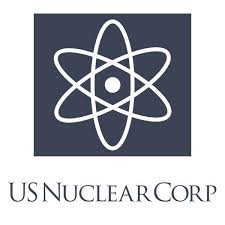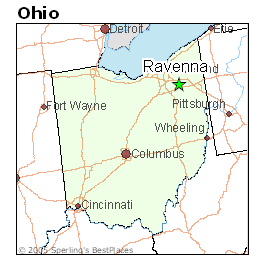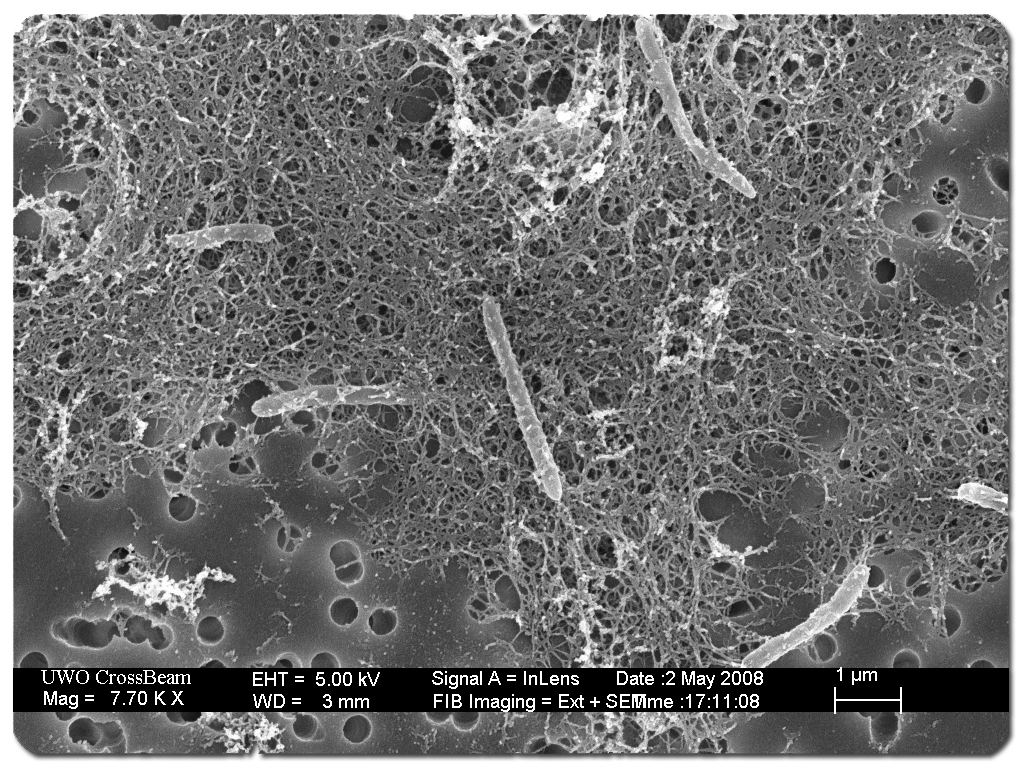Part 1 of 2 Parts
The U.S. and the Soviet Union were locked in a Cold War for decades. They both built huge arsenals of nuclear warheads and delivery systems that would have been able to destroy human civilization many times over and might have made humanity extinct. The two super powers did manage to sign a treaty to reduce nuclear weapons and today the U.S. and Russia (which inherited the arsenal of the Soviet Union) each have thoudands of nuclear weapons instead of the tens of thousands that they had at the height of the Cold War.
For a variety of reasons, the relationship between the U.S. and Russia have been deteriorating in the past few years. Both the U.S. and Russia have accused the other of violating the arms reduction treaties with the development of new weapons and dedication of massive funding to modernize their nuclear weapons arsenals.
Every eight years, the U.S. carries out what is called a nuclear posture review (NPR). The previous NPR was in 2010 and the U.S. just released the new NPR in January of 2018. Besides mention of the modernization, there was also a section dedicated to the creation of low yield, highly accurate tactical nuclear weapons. The U.S. is saying in the NPR that they might consider a serious cyberwar attack as sufficient reason to attack the enemy with these tactical nuclear weapons. Russia has also been talking about responding to non-nuclear military situation with tactical nukes.
Vladimir Putin is running for his fourth term as President of Russia. He recently delivered an annual speech on the state of Russia that analysts say was mainly intended to excite his hardcore supporters. He specifically mentioned some nuclear weapons systems that he said were “new.” He claimed that these weapons were powerful and unstoppable but only intended for defensive use. He also made belligerent comments to the effect that the West had failed to “contain” Russia and that other nations must “listen” to Russia now. Here are brief descriptions of some of the nuclear weapons that he mentioned in the speech.
The Avangard is an intercontinental ballistic missile that Putin says can fly at twenty times the speed of sound and strike a target like a meteorite. He claimed that it is so fast the it would be impossible for any anti-missile system in the world to stop it. He said that it is so maneuverable that it could easily fly around and between zones of detection for antimissile systems. It is supposed to have an unlimited range and it could fly over the North or South Pole to strike any target on the other side of the globe.
The controversial part of his announcement and the thing that makes this system “new” is that instead of the propulsion system that the existing version of the missile utilizes, this version is supposed to have a nuclear engine. While Putin brags about the capability of the new engine, non-Russian analysts say that they have been monitoring the Russian development of a nuclear engine and claim that most of the test flights they watched were failures. They are skeptical that the Russians really have a reliable version of such an engine ready to deploy.
Please read Part 2
Avangard Missile:








